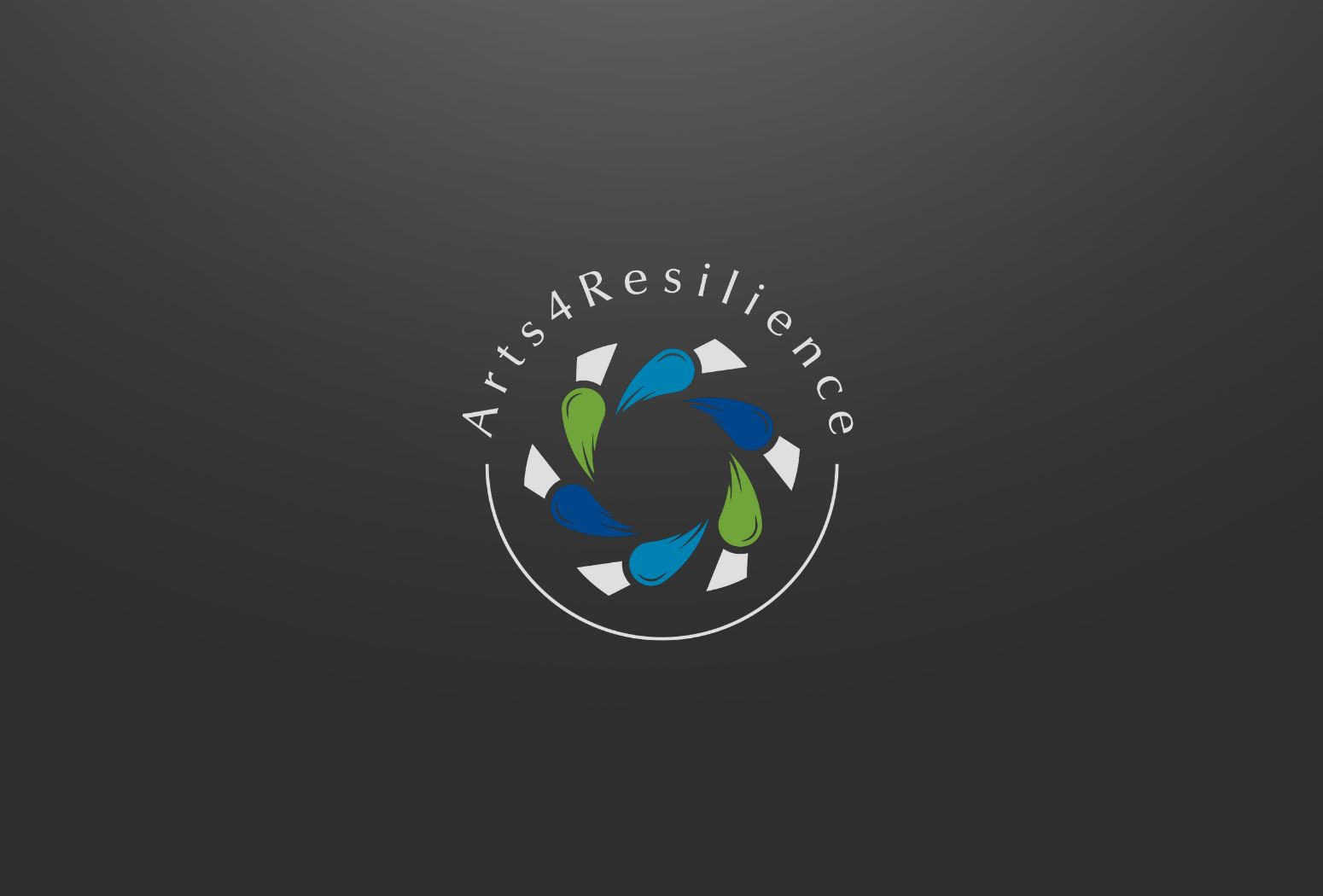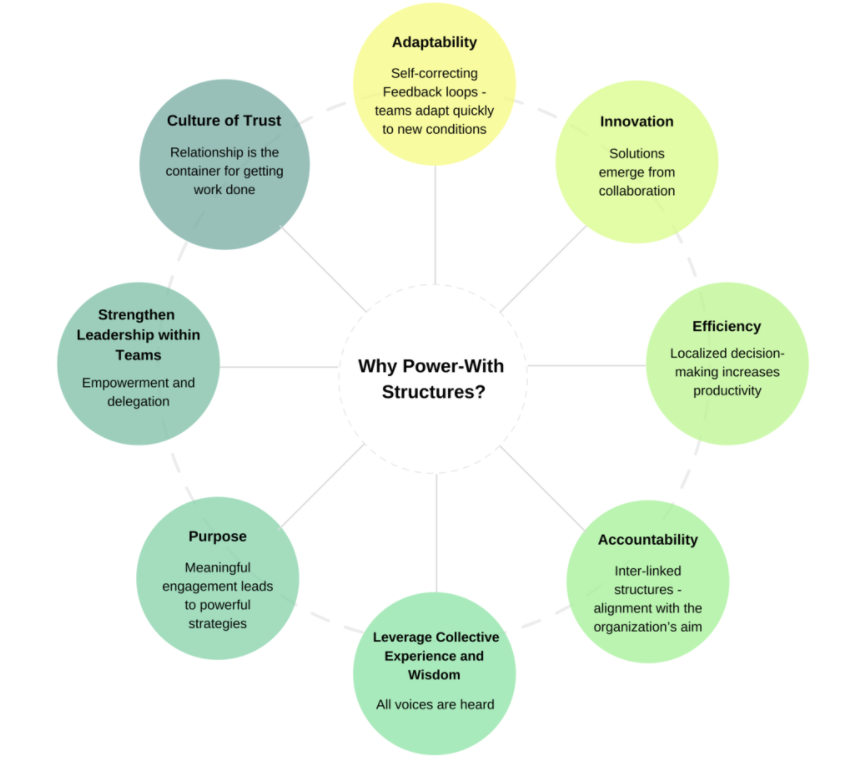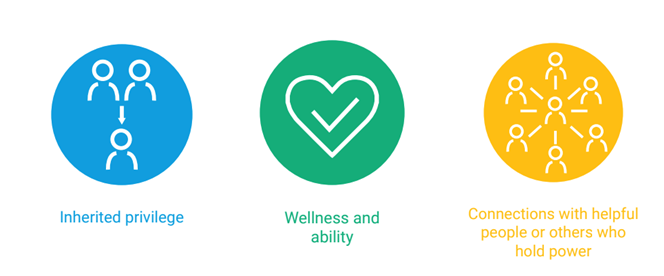2nd Annual PartnersGlobal Arts4Resilience Awards recognizes vital role artists and activists play to strengthen resiliency in the face of conflict
Washington DC, — PartnersGlobal presented eight awards to outstanding artists and art activists from six countries for their achievements fostering resiliency during its Arts4Resilience (A4R) Honors event on December 7, 2023, held at Studio Theatre. Arts4Resilience is an annual event series hosted by PartnersGlobal that celebrates the importance of artists’ contributions to building resilience and spotlighting critical issues related to social, political, environmental and health justice, and inclusivity.
Now in its second year, the 2023 A4R day began with a screening of the award-winning documentary, Four Winters, followed by a Director’s Talk with celebrated activist and playwright, Julia Mintz, as a part of an international tour of the film. This screening, featuring the story of Jewish partisans in WWII, was followed by an evening of honors and performances celebrating activist art representing a variety of mediums — from photography to graphic arts to music and theater. Honors were presented in areas ranging from art that calls attention to indigenous voices, human rights, identity and inclusivity, and the climate crisis.
The A4R Honors also included live performances by internationally acclaimed cellist and composer, Tanya Anisimova; ASL artist and choreographer, Brandon Kazen-Maddox; and singer-songwriter and multi-instrumentalist, Rachael Sage. Arts4Resilience was generously underwritten by Eva Haller; Anne Labovitz Studio, LLC; My Petite Gallery; and the International Human Rights Arts Movement.
“These artists and their work represent the transformative power of the arts to build resiliency in the face of tragedy, division, and conflict,” said PartnersGlobal Co-Executive Director, Roselie Vasquez-Yetter.
The 2023 PartnersGlobal Arts4Resilience honorees are:
- Lifetime Achievement Award, presented to Eva Haller
Eva Haller is a Hungarian-American philanthropist, activist, executive and Holocaust survivor. Born in 1930 in Budapest, Hungary, in 1942, she joined her older brother underground in the Hungarian resistance where she created anti-Hitler leaflets. Later, Eva convinced a Nazi officer that she was too young and too beautiful to die and to let her escape; she remained in hiding throughout World War II. Eva eventually reached New York, where she cleaned houses and concurrently earned a master’s degree in social work from Hunter College. In 1965, she joined Dr. Martin Luther King, Jr. in the Selma march. Along with her late husband, Murray Roman, Eva co-founded the Campaign Communications Institute of America. With help from the proceeds of their successful business, they continued the pursuit of their philanthropy supporting a variety of social justice issues. After Murray died, Eva married Yoel Haller and has pursued her philanthropic career, widely revered, and honored with numerous awards.
- Capturing Resilience Award, presented to Julia Mintz
Julia Mintz is a filmmaker and activist whose diverse body of work focuses on narratives of bravery and resistance against unimaginable odds. She has been on the producing team for films that have been shortlisted for the Academy Awards, have premiered at Cannes, Sundance and TriBeCa, won Emmy and Peabody awards, and can be seen on HBO, PBS, American Masters, Netflix and Amazon. Her most recent film, the award-winning documentary, Four Winters, dispels the myth of Jewish passivity during World War II by sharing the stories of surviving partisans and illuminating the many ways in which the Jewish people resisted the Nazis. This award was presented to Julia for her two decades of work as an activist and filmmaker. She has used her craft and her skillful storytelling to reach audiences with messages encouraging tolerance, freedom and dignity across topics such as: HIV-AIDS; women’s rights; LGBTQI and civil rights, among others.
- The Csekö János Art of Resistance Award, presented to Kateryna Sukhomlynova and Journalists of Gaza
Kateryna Sukhomlynova is a volunteer, public activist, and a trainer in medical rescue. Before the hostilities started in Ukraine in 2014, she worked as an engineer and commercial director. However, following the shelling of Mariupol, Kateryna’s hometown, she made a complete shift in her occupation to focus on training people in first aid, volunteering, and engaging in political and civic activism.
The journalists of Gaza have dedicated not only their time, career, and energy, but also their lives to be the voice of Palestinians living under terror and siege. The collective dedication, commitment, and passion for fair and just media, as well as and their responsibility to educate people and shed light on what’s happening on the ground represents their ultimate sacrifice for freedom and dignity.
- Resilient Voices for Human Rights, presented to Teatro del Embuste Collective
The Teatro del Embuste (“Theater of the Lie”) Collective is a Colombian stage creation was formed by actors, playwrights, directors, producers, musicians and visual artists from diverse backgrounds, who come together in their desire to explore new forms of expression and perception of the theater. The group seeks to involve the audience and take them out of their routine role of passive spectator.
- Art of Indigenous Voices, presented to Enea Lebrun and Andrea Lino Machi
Lebrun and Lino Machi collaborated on Jenené, a photo and video series about the relationship between the Chagres River and its inhabitants. The collaboration explores the issues of this complex Panamanian territory and offers a reflection on the consequences of development and alternatives to the hegemonic management of the use of natural resources.
- Art for Climate Action, presented to the Arts & Climate Initiative
The Arts & Climate Initiative uses storytelling and live performance to foster dialogue about our global climate crisis, create an empowering vision of the future, and inspire people to take action. Through its work over the last 15 years, the Initiative has created a model that has inspired radical life changes among citizens, demonstrating that we can address pressing social and environmental issues in novel ways, using art as a catalyst.
- Art for Nonviolent Activism, presented to Mbizo Chirasha
Mbizo Chirasa is a Zimbabwean internationally published spoken word poet. His illustrious poetry, hybrid writings, political commentary, short fiction, book reviews, and arts features have been published in more than 400 spaces. He has curated and edited the Zimbabwe We Want Poetry, which offered a platform for artists to speak on the numerous issues affecting the country during the Mugabe regime.
- Art for Marginalized Communities Inclusivity, presented to Brandon Kazen-Maddox
Brandon Kazen-Maddox is a choreographer, dancer, director, actor, acrobat, activist, Voiceover, and ASL Artist. Brandon creates work with and for the Deaf and Disability communities, and highlights and empowers BIPOC and LGBTQAI+ artists, building bridges of collaboration and community among people of all backgrounds and abilities.



